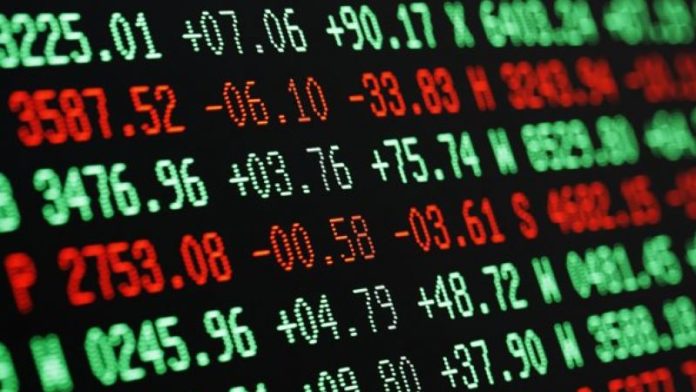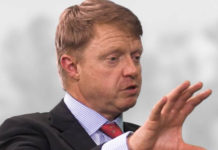
THE 56% advance in the gold price over the last 12 months is forcing investors to adjust their investment tactics with one bank saying South African gold miners were still cheap.
“Investors are nervous of chasing momentum and increasingly worried about capital allocation risk, but acknowledge that there is still a portfolio catch-up underway,” said UBS analyst Steve Friedman in a note this week.
The gold sector now accounts for about 16% of the JSE’s All Share Index compared to less than five percent in 2018. This was “making it a material driver of benchmark performance and institutional allocation decisions,” Friedman said.
Shares in Harmony Gold were 118% higher this year compared to the 183% and 184% improvement in Gold Fields and AngloGold Ashanti respectively. Shares in Pan African Resources were 166% higher.
Spot valuations were not stretched, earnings momentum remained positive, and free cash flow “still looks supportive”, said UBS. “We don’t generally see a strong rational to turn structurally bearish,” said Friedman.
“I think the investors and hedge funds, institutional wealth, are coming to approach [gold] not just in a seasonal way, but really wanting to understand how they can get involved in the long term,” said Ruth Crowell, CEO of the London Bullion Market Association last week at the FT Metals & Mining Summit.
While she was referring specifically to investment in the physical metal, analysts say shares remain compelling. Nedbank Securities said in a report multiples on gold stocks implied higher prices although the bank’s analyst Arnold van Graan was cautious.
“We expect equities to continue following the gold price higher, but could start to lag on relative terms if the gold price rally looks like it may be running out of steam, in our view. This remains a tough call though, as the gold trade still seems to have momentum behind it,” he said.
Commenting on why gold has continued to improve this year, World Gold Council CEO David Tait said the main “underlying driver … has been an inherent fear of some form of financial breakdown, some form of meltdown”.
“I think it’s the fear of financial Armageddon – the runaway debt scenario,” he added, referring to national debt in the US which had seen investors turn from government bonds, or Treasury Bills to physical gold.
“That debt burden across the world is becoming unsustainable and we don’t know what to do. If that does break, what do we do? Do we all sit around a big table and debt forgive?”, said Tait.








